Raspberry Pi Drives 'Sidecar' Internet Access for Psion PDA
Maker and developer Kian Ryan has a huge passion for old-school technology. When it came time to tinker around with a Psion PDA from the 90s, he knew he had to throw a Raspberry Pi into the mix. Today, we’re showing off his Sidecar creation that uses a Raspberry Pi to function as both a working Linux serial terminal as well as a modem to connect the Psion to the internet.
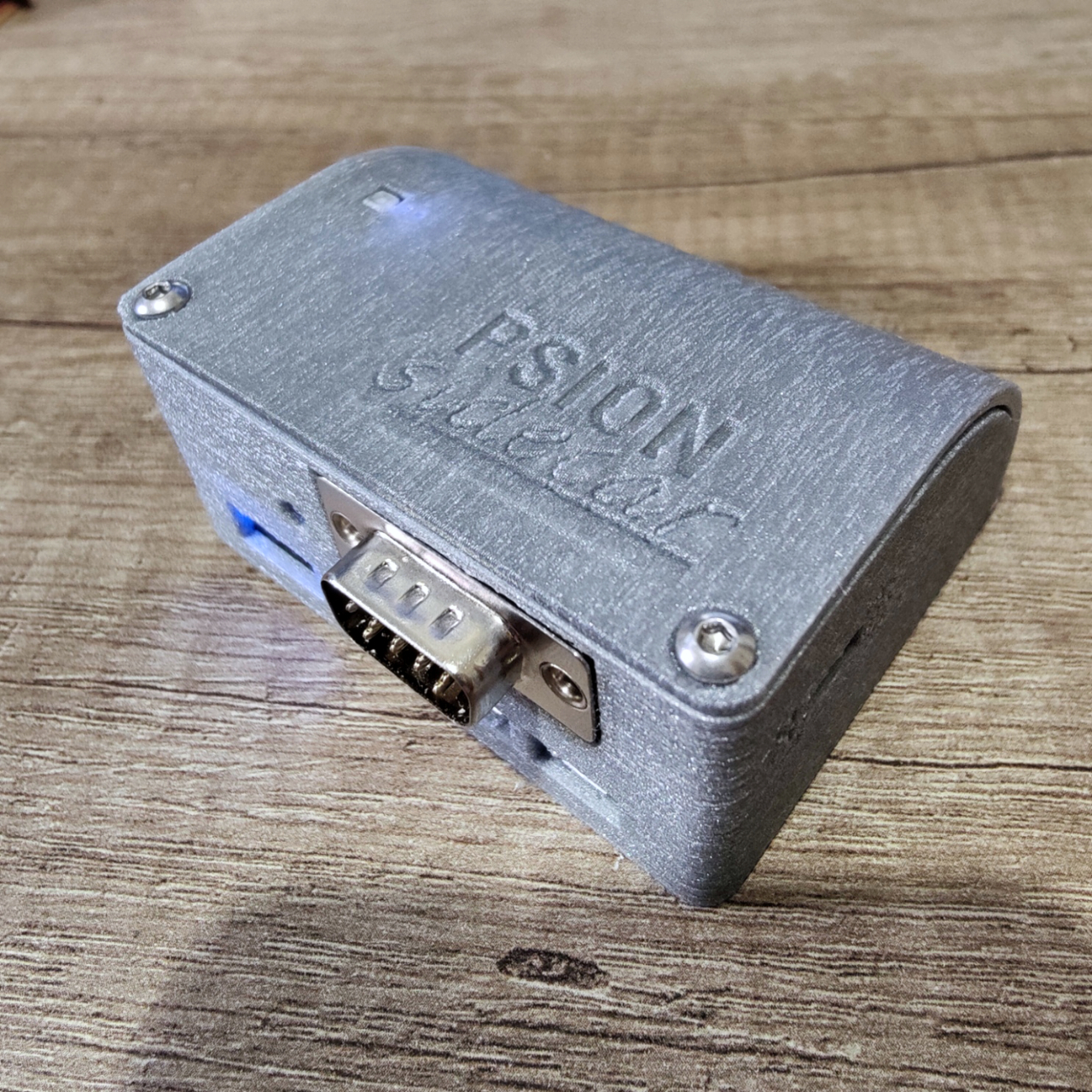
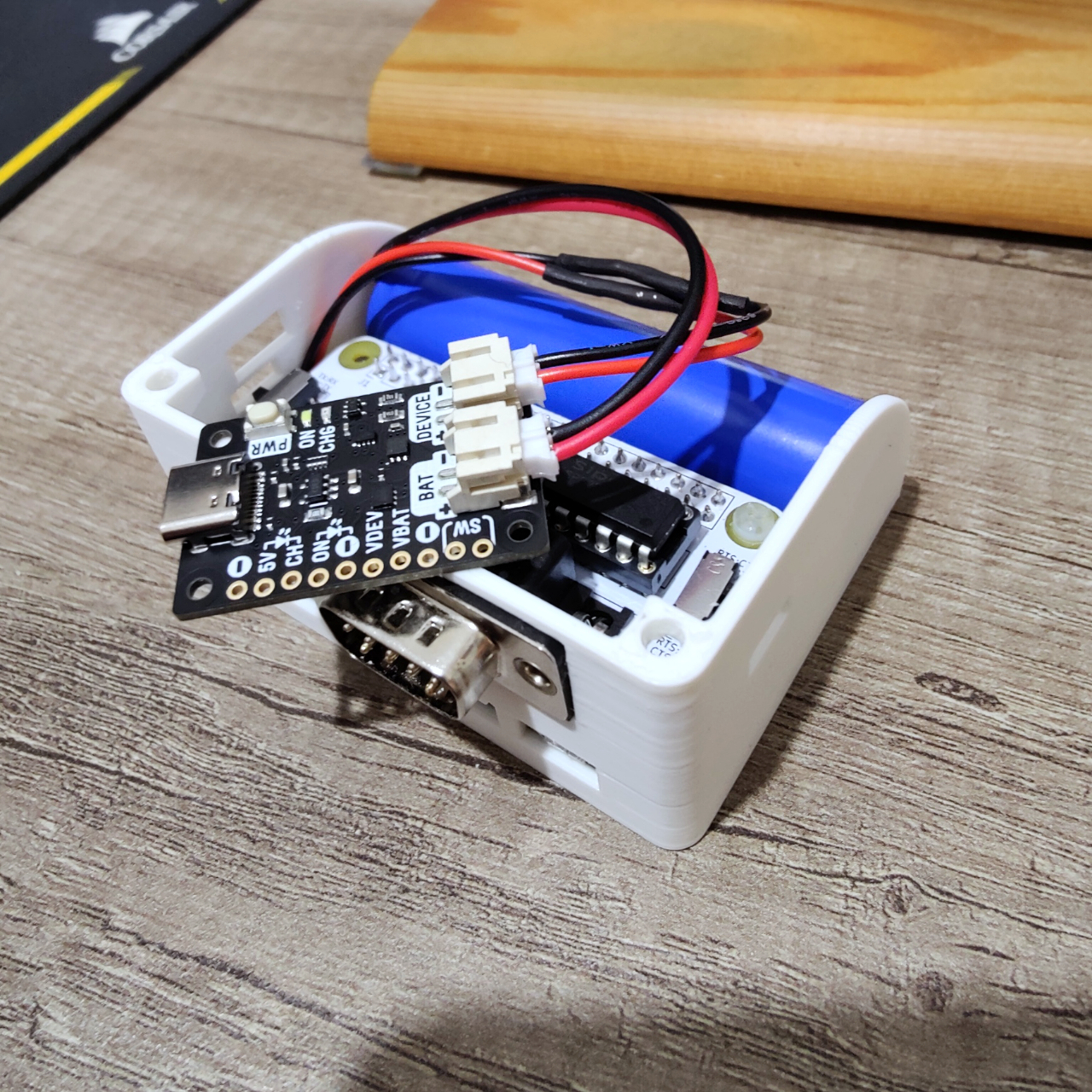
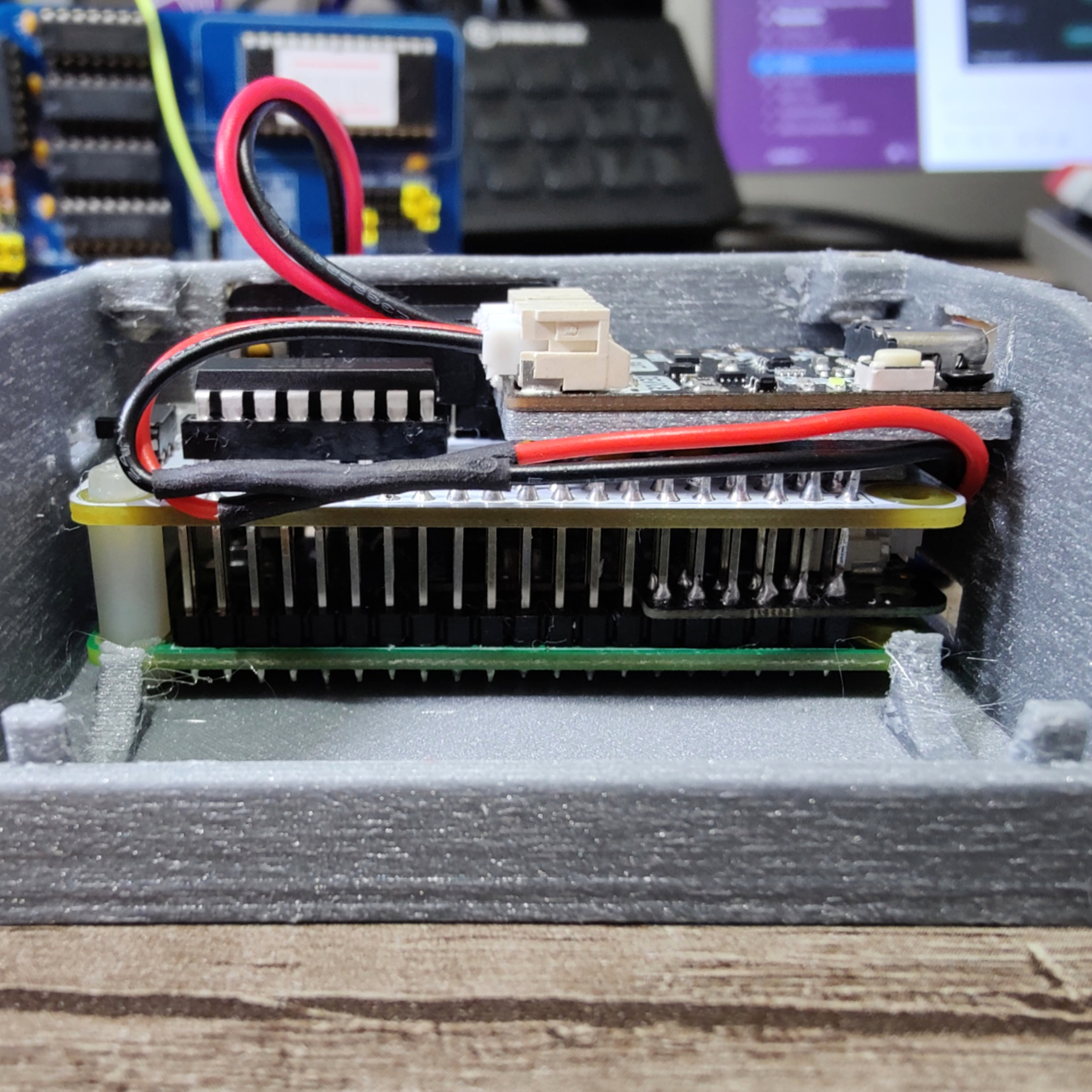
Ryan is using a Psion Series 5MX version of the popular 1990s PDA and originally created a custom PCB known as the PiRS232. This board works as a HAT for the Pi Zero that enables it to connect to the PDA using a DB9 serial connector. This PiRS232 board is now housed inside of a small device Ryan has dubbed the Sidecar.
This sidecar unit is completely portable, thanks to the addition of a 2200mAh LiPo battery and a LiPo charging board from Pimoroni. The idea here is to create not just an internet connection and terminal interface for the Psion but also to make the unit something that could be easily moved and not tethered by a series of wires. The project comes together in a custom 3D-printed shell that Ryan created and designed from scratch.
We will be speaking to Ryan, live on Tom's Hardware: The Pi Cast. December 6 at 2pm ET / 7pm GMT.
Ryan was kind enough to share a complete parts list for the project so we can get a close look at how the system goes together. His custom PiRS232 PCB is connected a Raspberry Pi Zero. A Pimoroni LiPo Amigo Pro is used as well as a Pimoroni LiPo SHIM. As we mentioned above, it’s made portable and is powered by a 2200mAh battery. The case design is available at Printables for anyone who wants to download it and print for themselves at home.
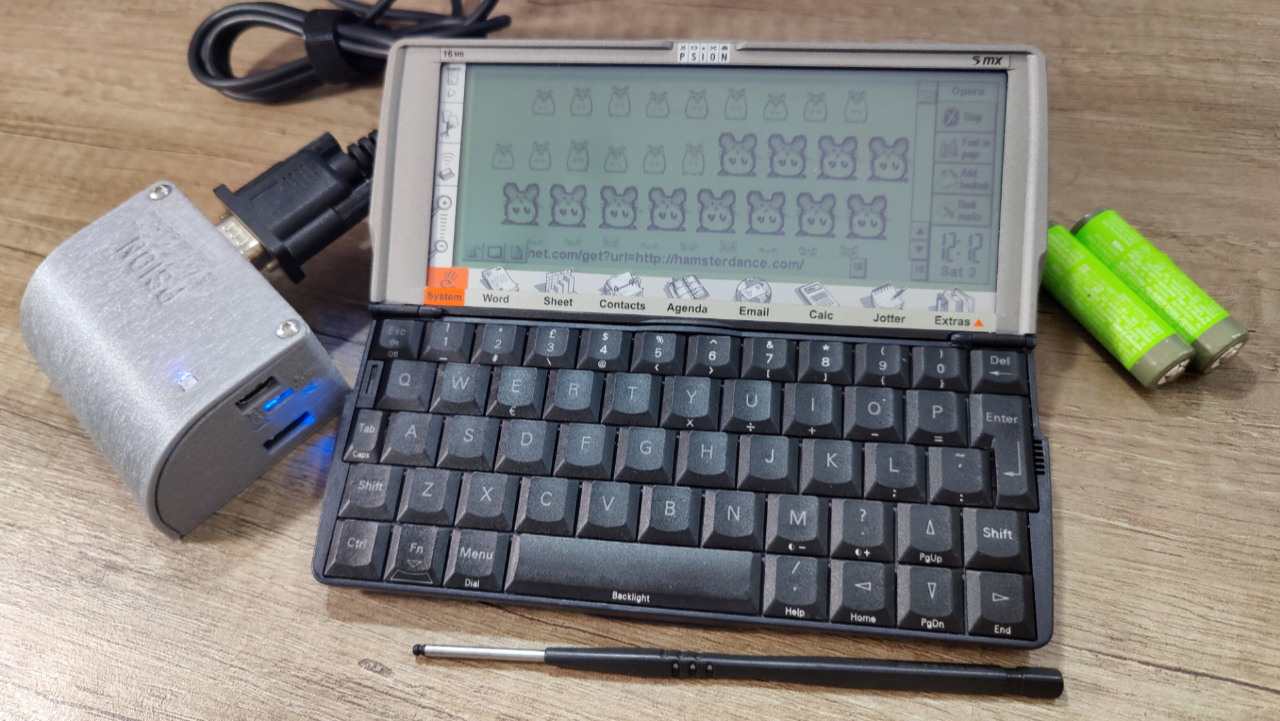
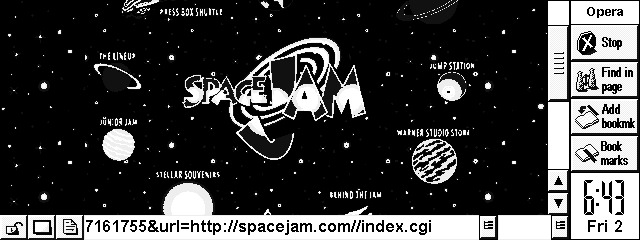
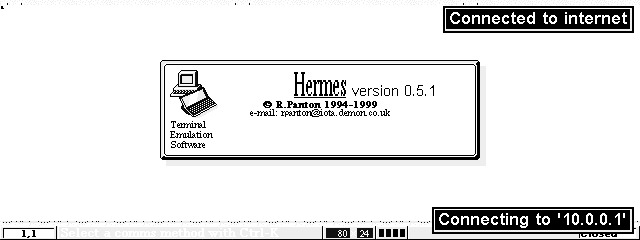
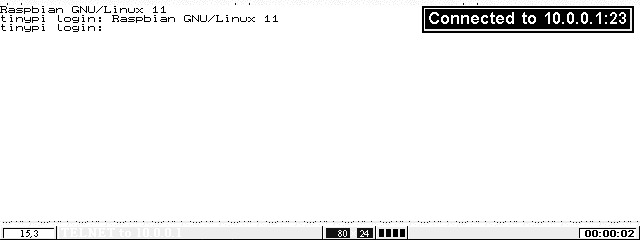
Ryan explains in his blog post that while he is using a Psion 5MX as the client, any PPP client capable of supporting RTS/CTS will work in its place. He provides detailed instructions on how to connect the Pi to the device via serial to initiate the necessary communication. However, please be aware that there are security concerns connecting the Psion to the internet as this hardware is from the 90s and no longer supported.
If you want to recreate this Raspberry Pi project or just get a closer look at how it goes together, check out the original blog post and be sure to follow Kian Ryan for more cool projects and future creations.
Get Tom's Hardware's best news and in-depth reviews, straight to your inbox.

Ash Hill is a contributing writer for Tom's Hardware with a wealth of experience in the hobby electronics, 3D printing and PCs. She manages the Pi projects of the month and much of our daily Raspberry Pi reporting while also finding the best coupons and deals on all tech.
